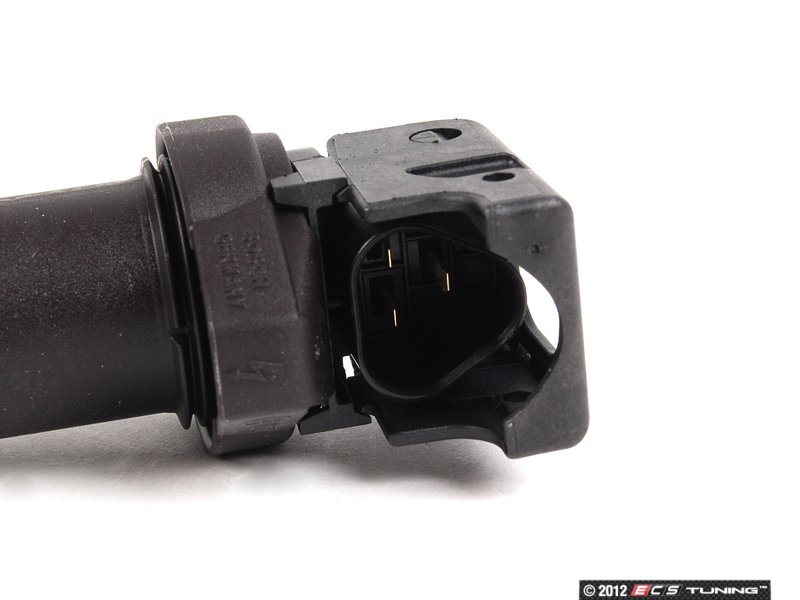$92.73 - $160.32
1. Decrease in power, acceleration, and fuel efficiency
2. Check Engine Light comes on
2. Visible wear or damage to cables
Next Step
Schedule Oil Change
Way back in the early 1900s, ignition coils were becoming more familiar to people because they were a key piece of every automobile engine. The ignition coil would take the low voltage from the battery and amplify it with the magic of magnetic fields. That higher voltage output was then sent out to the spark plugs where it ignited the air fuel mixture inside the engine. Over one hundred years later, ignition coils look different, but still work the same exact way.

Ignition Coil - Distributor-Style
This type of simple, two wire ignition coil was used from the late 1920s until the 1980s. Inside it lives a set of 'primary' and 'secondary' coil windings that are both wrapped around a piece of iron. When the primary winding is fed power, a magnetic field builds up inside of the coil. If power is then momentarily cut off, the magnetic field inside collapses and it produces a high voltage spike out the secondary winding that is used to fire the spark plugs. With this system, one ignition coil is producing every single spark for every spark plug. That can be quite a workout for the ignition coil at high RPM's!
Electric Ignition
By the 1980s, car and truck manufacturers were consistently using electronic ignition. 'Electronic ignition' basically meant that a computer told the ignition coil(s) when to fire, based on sensor inputs. This allowed for better engine control, and more importantly, fewer emissions. Around the same time, that electronic ignition was splashing into the automotive scene, the world began to see ignition coil packs, coil-on-plug ignition, and the waste spark ignition system.
